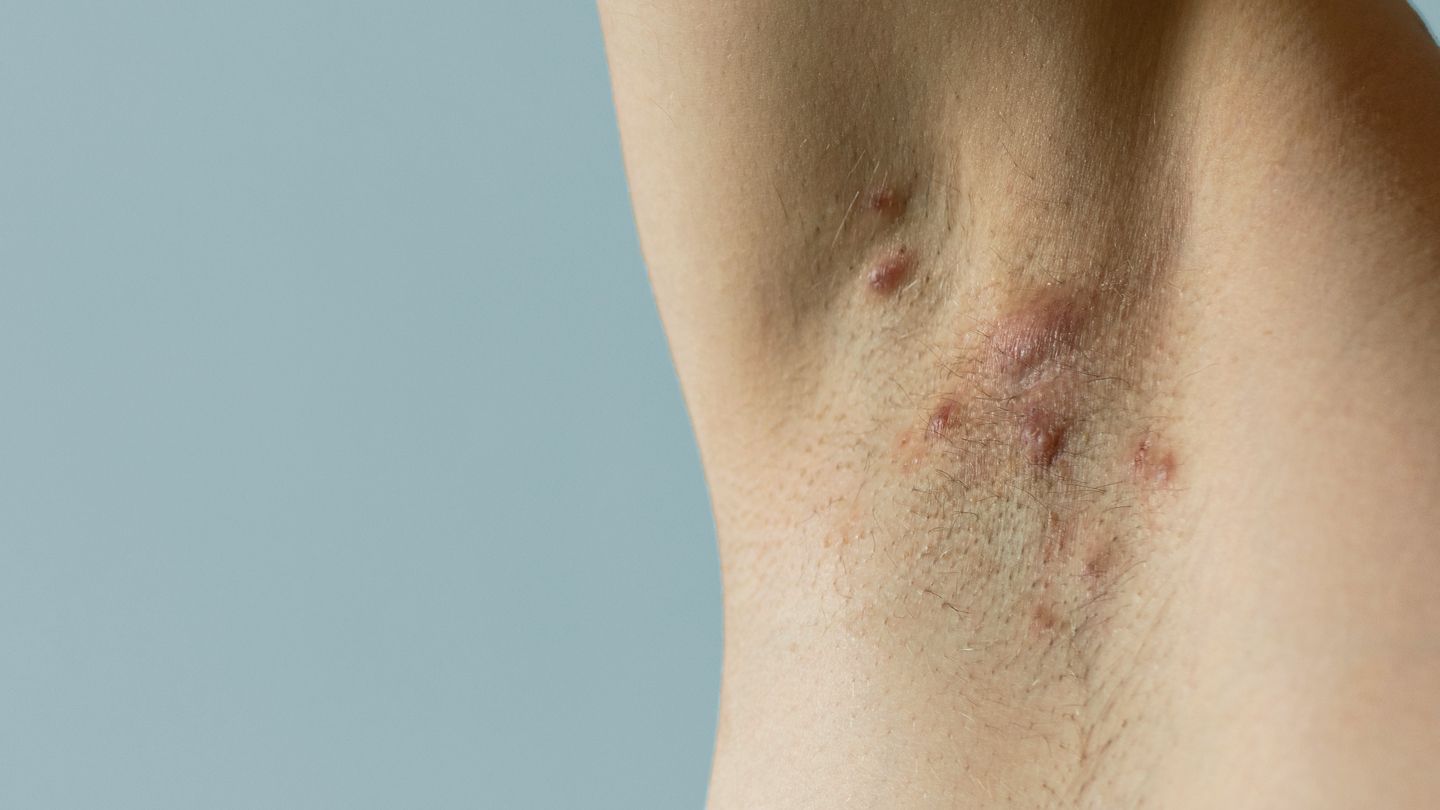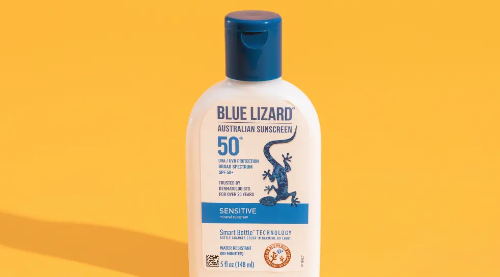Our understanding of Hidradenitis Suppurativa (HS), a painful chronic skin disease that significantly impacts patients’ quality of life, continues to evolve. Recently I sat down with Dr. Iltefat Hamzavi, a leading dermatologist and researcher in hidradenitis suppurativa and discussed the intricate relationship between HS and metabolic disorders and the future possibilities for HS treatments.
Navigating the Complex Intersection of HS and Metabolic Disorders
HS, known to cause painful boils, chronic scarring, and limited mobility, has shown a correlation with metabolic disorders, particularly in overweight and diabetic patients. In Detroit, approximately 55% of HS patients develop metabolic syndrome. However, it’s essential to acknowledge that this figure doesn’t represent all patients, given the significant individual variation in biological processes and disease manifestations.
Despite the notable connection between HS, metabolic syndrome, and high Body Mass Index (BMI), it’s pivotal to understand that metabolic conditions or cleanliness issues are not the sole or primary triggers of HS. Misinterpretations about the origins of the disease may inhibit patients from pursuing the correct treatment.
Moreover, HS patients commonly deal with other conditions, including inflammatory bowel disease, rheumatoid arthritis, and lupus, amplifying the complexity of diagnosing and managing HS.
Current and Future Treatments for Hidradenitis Suppurativa
The treatment strategies for HS revolve around managing its complications, such as chronic sinus tract formation, which are effectively handled through early interventions. Various treatment options include topical benzoyl peroxides, antibiotics, surgical procedures, and laser hair removal.HS treatment often involves cleansing agents, like HIPAA cleanse, beneficial in breaking down debris in hair follicles. Interestingly, controlled trials have demonstrated an improvement in HS conditions with laser hair removal, although the improvement’s duration differs among patients.
Diagnosis and staging form the initial steps in the HS treatment process. The presence of sinus tracts considerably influences the treatment approach, necessitating their removal through surgery in some cases. In rapidly progressing cases, more potent treatments like biologics are favored. Promising advancements are in the pipeline for HS treatment. These include modified laser hair removal techniques, new biologic agents like adalimumab, IL-17 inhibitors, and small molecule Jak inhibitors. Furthermore, research on the influence of dietary modifications and the gut microbiome on HS is gaining momentum.
Dr. Hamzavi shared his insights on hidradenitis suppurativa, elaborating on the pathogenesis of the disease and the impact of genetic and hormonal factors. About 33% of HS patients, he mentioned, have a familial history of the disease, hinting at a genetic component. However, more comprehensive genetic studies are needed, particularly in the most HS-affected populations. Emphasizing the influence of hormones in HS, Dr. Hamzavi mentioned the higher incidence in women after puberty and an exacerbation of symptoms in pregnant women.The emotional and psychological impact of HS was also a critical point in our discussion with Dr. Hamzavi. He highlighted the crucial role of support groups like ‘Hope for HS’ and the need for dermatologists to incorporate mental health assessments in their practices.
Charting the Path Forward
Our conversation together illuminated the complexities surrounding HS, the significant role of continuing research, and the need for mental health support for patients. Though HS presents challenges, the future seems hopeful, with promising developments in treatment. Each piece of new research, each patient’s story, and every insightful conversation like the one with Dr. Hamzavi brings us one step closer to a more comprehensive understanding and effective treatments for this complex disease.





